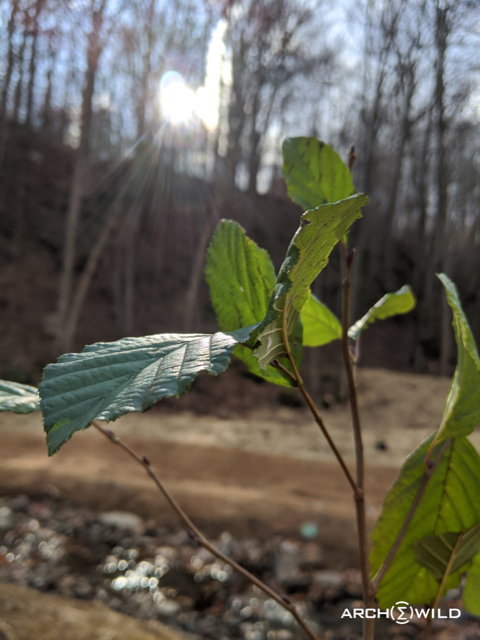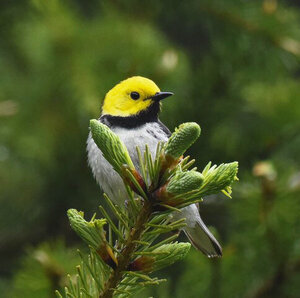Where Are All the Native Plants? / by Archewild
Coneflower, Milkweed, and Beebalm make up almost 30% of the native plant market. You can find them in almost any garden center on the east coast, and we’re sold and told to plant them every year. But if these native plants are so important, durable, and easy to grow, why don’t we see them in the wild? In truth, these types of plants used to dominate the landscape, but after decades and centuries of altered topography and over development, their habitats have all but disappeared. In the sink-or-swim world of natural selection, native plants have fallen into two camps: specialized and generalized communities.
Specialization is the key to survival, and most native plants—especially the undeniably attractive wildflowers—have specialized to thrive in one very particular set of environmental conditions. Outside of these conditions, our beloved Coneflowers, Milkweeds, and Beebalms can’t survive for very long. In fact, the closest self-sustaining population of Purple Coneflower is on an exposed, gravelly hillside in southwest Ohio. No wonder they don’t thrive in our moist, organic garden soils. They’ve specialized.
In the other camp, we have super successful, generalist native plants. These plants have adapted to tolerate many more conditions than our specialized friends, but for their resilience, they are often mistakenly labeled as weeds. Species like black locust, cattails, and even poison ivy have earned a bad reputation for thriving in the wild and creeping into our yards and parks. These thriving, native species aren’t being sold to us in stores, and instead we’re being asked to buy flowers for which there are almost no habitats left.
The key is to restore these natural habitats so our generalist friends can continue to thrive and pave the way for specialized plants to reenter the landscape. And the best part? You have the power to catalyze your own backyard habitat restoration, and it starts with choosing the right native plants [ link to 3 Steps article].
*Article Attribution: ArcheWild (archewild.com, 855-752-6862)



